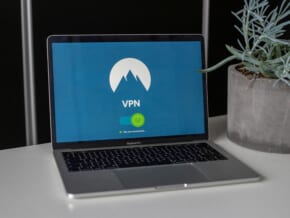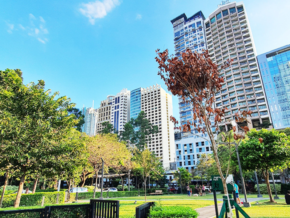Expats’ Guide: Bringing Your Pet to the Philippines
Pets make wonderful travel companions, especially on trips to another country. However, countries are very sensitive when it comes to traveling with pets. Diseases are the main concern, as certain illnesses may devastate local wildlife, even if you’re not travelling to locations with animals.

THINK THEY’LL BE LONELY? You can bring them along with you, but you’ll need to comply with government policies, not to mention airline regulations for your pets. File photo
If you’re travelling with your pet to the Philippines, you will need to secure a Sanitary and Phytosanitary (SPS) Clearance to Import Dogs and Cats from the Bureau of Animal Industry (BAI). The SPS Clearance is your pet’s main travel document to the country. Without it, you won’t be allowed to bring your pet into the country. Requirements for the SPS Clearance are:
1. A health certificate, issued not more than 30 days before you get to the Philippines. It should state that your pet is free from and has not been exposed to any dangerous communicable disease and that it has all its shots; and
2. A completely filled-out SPS Clearance application form, which you can do online via the BAI’s website (bai.da.gov.ph).
3. Complete an inspection once you arrive in the country, as well as settle all the necessary fees: P100 for the SPS clearance, P55 for their online service provider, and inspection fee of P250 for the first two pets.
An SPS clearance is valid if you’re bringing in a cat, a dog, or any other pet that’s not considered exotic. If you’re bringing an exotic pet with you, you will need to secure a Veterinary Quarantine Clearance (VQC) to Import Exotic Animals, which requires the following:
A. A letter of request with the following information:
1. Species and breed of animal
2. Sex, age, and number of animals you’re bringing
3. Expected date of arrival
4. Country of origin
Address, phone, email address, and contact details of importer
B. A Convention on International Trade in Endangered Species of Wild Flora and Fauna (CITES) certificate/clearance. For details on how to get one, please visit org.
C. An inspection of the quarantine site if the request involves five or more animals
D. Fees: P100 for the issuance of VQC, an inspection fee of P150 plus P15 – P25 depending on the size of the animals.
Source: Bureau of Animal Industry website, Philippine Consulate General – Australia Website













